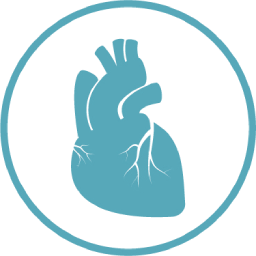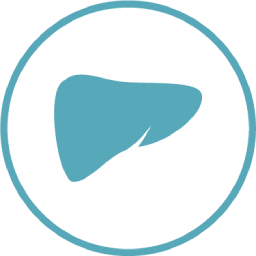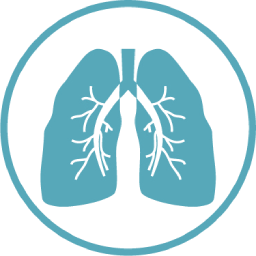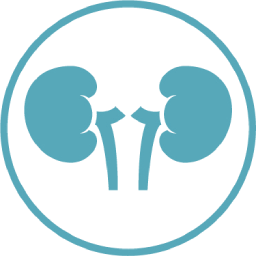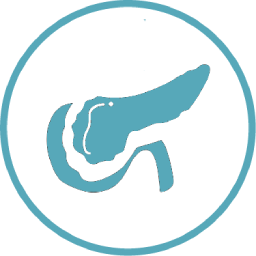Association of miRNAs with
Obesity & Lifestyle
what is
Obesity & Lifestyle?
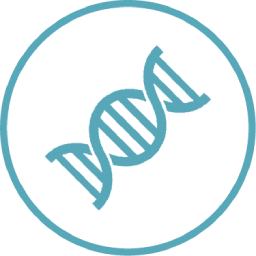
…
Association of miRNAs with Obesity & Lifestyle
Project.1 We conducted a genome-wide profile of circulating miRNAs in plasma in 1208 Rotterdam Study participants. Obesity and body fat distribution were measured as body mass index (BMI), waist-to-hip ratio (WHR), android-fat to gynoid-fat ratio (AGR), and fat mass index (FMI) measured by anthropometrics and Dual X-ray Absorptiometry. Multivariable linear regression models were used to assess the association of miRNAs well-expressed in plasma with these traits adjusted for potential covariates. Plasma levels of 65 miRNAs were associated with BMI, 40 miRNAs with WHR, 65 miRNAs with FMI, and 15 miRNAs with AGR. Of these, 12 miRNAs were significantly associated with all traits, while four miRNAs were associated only with WHR, three miRNAs only with FMI, and miR-378i was associated only with AGR. The most significant association among the overlapping miRNAs was with miR-193a-5p, which was shown to be associated with type 2 diabetes and hepatic steatosis in the Rotterdam Study. Five of the obesity-associated miRNAs and two of the body fat distribution miRNAs have been correlated previously to cardiovascular disease.
Plasma circulating microRNAs associated with obesity, body fat distribution, and fat mass: the Rotterdam Study.
Abozaid YJ, …, Ghanbari M. Int J Obes (Lond). 2022 Dec;46(12):2137-2144. doi: 10.1038/s41366-022-01227-8.
Project.2 We retrieved 2320 variants in miRNA-encoding sequences and tested their associations with 17 cardio-metabolic traits/diseases using genome-wide association studies (GWAS) on glycemic indices, anthropometric measures, lipid traits, blood pressure, coronary artery disease, and type 2 diabetes. A variant in miR-196a2 was associated with waist-to-hip-ratio. Two of its target genes, SFMBT1 and HOXC8, were identified which may mediate this association, and their regulation by miR-196a2 were confirmed experimentally. Moreover, a variant in miR-1908 was found to be associated with serum lipids and fasting glucose.
The association of common polymorphisms in miR-196a2 with waist to hip ratio and miR-1908 with serum lipid and glucose. Ghanbari M, et al. Obesity (Silver Spring). 2015 Feb;23(2):495-503. doi: 10.1002/oby.20975.
Projec.1 Profiling of plasma miRNAs was conducted in 1933 participants of the Rotterdam Study. Linear regression was implemented to explore the link between alcohol consumption (glasses/d) and miRNA concentrations. Sensitivity analysis for alcohol categories (nondrinkers, light drinkers, and heavy drinkers) was performed. We utilized the alcohol-associated miRNAs to explore their potential mediatory role between alcohol consumption and liver-related traits. Plasma concentrations of miR-193b-3p, miR-122-5p, miR-3937, and miR-4507 were significantly associated with alcohol consumption. A potential mediatory role of miR-3937 and miR-122-5p was observed between alcohol consumption and liver traits. Pathway analysis of putative target genes revealed involvement in biological regulation and cellular processes.
Plasma MicroRNA Signature of Alcohol Consumption: The Rotterdam Study. Karabegović I, …, Ghanbari M. J Nutr. 2023 Jan 14;152(12):2677-2688. doi: 10.1093/jn/nxac216.
Project.2 Using plasma miRNA levels in 2686 participants from the Rotterdam study cohort, we examined the association between cigarette smoking (current versus never) and 591 well-expressed miRNAs was assessed via adjusted linear regression models. We found 41 smoking-associated miRNAs, also 42 miRNAs were significantly different between current (reference group) and former smokers. The expression levels of two miRNAs were significantly different within 5 years of cessation from current smokers, while for cessation time between 5 and 15 years we found 19 miRNAs to be significantly different from current smokers, and finally, 38 miRNAs were significantly different after more than 15 years of cessation time. These results imply the reversibility of the smoking effect on plasma levels of at least 38 out of the 41 smoking-miRNAs following smoking cessation. Next, we found 8 out of the 41 smoking-related miRNAs to be nominally associated with the incidence of lung cancer.
Smoking-related dysregulation of plasma circulating microRNAs: the Rotterdam Study. Karabegović I, …, Ghanbari M. Human Genomics. 2023 Jul 10;17(1):61. doi: 10.1186/s40246-023-00504-5.
Follow US
on These Social Media or Websites



